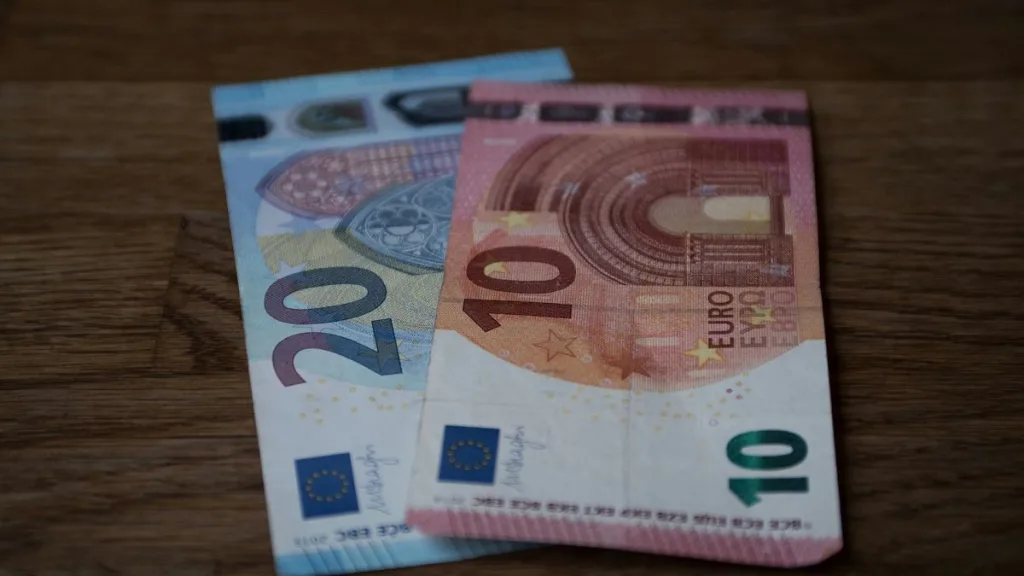The euro has continued its downward trend against the US dollar following the release of US inflation figures on Wednesday. Market participants are now keenly anticipating the European Central Bank (ECB) decision set to take place today.
The euro further weakened against the US dollar after the US Consumer Price Index (CPI) data was published on Wednesday. The EUR/USD pair experienced a decline for the fourth consecutive trading session, dipping just below the 1.05 mark—a level not seen since December 2. However, a slight rebound for the euro was noted in the early Asian trading hours on Thursday ahead of the crucial ECB rate decision due later today.
US Inflation Remains Steady
In November, US headline inflation climbed 2.7% year-over-year, slightly up from 2.6% in the prior month. Similarly, core inflation—excluding the often-volatile food and energy categories—rose by 0.3% month-over-month and reached 3.3% year-over-year. These figures aligned with market expectations, bolstering the belief that the Federal Reserve will likely announce a third modest rate cut in December, anticipated to be 25 basis points.
Following this data release, the US dollar gained further strength, putting additional pressure on other currencies, notably the euro. After stabilizing against the dollar in late November, the euro faced renewed challenges following stronger-than-expected US non-farm payroll data from the previous Friday, disrupting its recovering momentum.
Moreover, factors such as Trump’s presidency are projected to heighten inflationary pressures within the US, potentially slowing the pace of the Federal Reserve’s rate cuts into 2025. A senior research analyst at Pepperstone, Michael Brown, indicated in a recent note: “The pace of policy normalisation is likely to be much slower in 2025.”
Euro’s Weakness Expected to Continue in 2025
Looking ahead, the euro appears to be at a greater risk of further decline rather than gaining strength. The currency has depreciated nearly 4% since the start of November. Globally, Trump’s tariff threats have contributed to downward pressure on the euro, while domestic political uncertainties and sluggish economic growth continue to weaken the Eurozone’s competitive position.
Despite these hurdles, the ECB is expected to maintain a gradual approach to rate reductions, with a 25 basis-point cut anticipated later today. Some analysts speculate that the central bank may need to expedite its easing strategy in 2025. According to a Reuters consensus, a further interest rate cut of 1% is projected for the new year, which would lower deposit rates to 2%.
Political uncertainties are also mounting in both Germany and France, with right-wing parties gaining traction. In Germany, Chancellor Olaf Scholz has called for a confidence vote in parliament scheduled for December 16, which could potentially pave the way for an early federal election next year. France’s government is struggling to secure parliamentary approval for the new year’s budget on the same date, a situation that could hinder deficit-reduction efforts.
Since late November, the yields on German and French government bonds have sharply decreased to 2.13% and 2.90%, respectively. This trend reflects increasing expectations for deeper rate cuts from the ECB. The spread between the 10-year government bond yields of both countries—a critical indicator of market confidence—has surged to 89, the highest since 2012, raising concerns over a potential collapse of the French government.
On the contrary, the yield for the US 10-year government bond has stabilized at a higher level of 4.29%. The diverging trends in bond yields could continue to lure investors seeking higher returns from the US dollar, which may further pressure the euro.
Photo credit & article inspired by: Euronews



